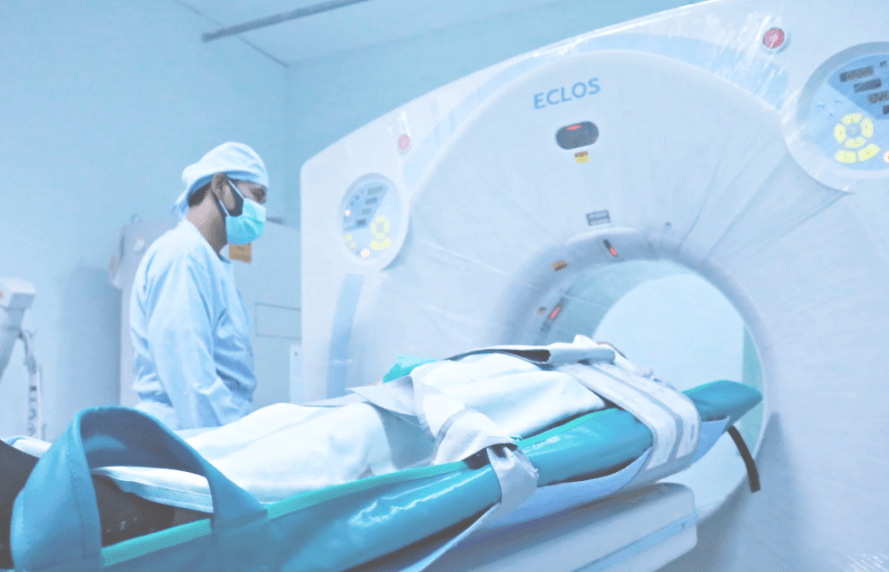
In the world of medical devices, the importance of sterilization cannot be overstated. From surgical instruments to implantable devices, the need for a sterile environment is paramount to ensure patient safety and prevent the spread of infections. As the medical field continues to evolve, so too must the methods used to sterilize critical medical devices. Enter modular sterile processing, a game-changing approach that is revolutionizing the way we handle these devices.
Modular sterile processing is a system that combines multiple sterilization processes into a single, streamlined system. This approach allows for greater efficiency, reduced costs, and improved patient outcomes. By integrating multiple sterilization methods, such as steam, ethylene oxide, and hydrogen peroxide, into a single system, manufacturers can create a more comprehensive and effective sterilization process. More information about modular sterile processing, can be found here.
One of the key benefits of modular sterile processing is its ability to accommodate a wide range of medical devices. From delicate surgical instruments to complex implantable devices, modular sterile processing can handle it all. This versatility is particularly important in today's medical landscape, where devices are becoming increasingly complex and sophisticated.
Another significant advantage of modular sterile processing is its ability to reduce the risk of contamination. By using multiple sterilization methods, manufacturers can ensure that devices are thoroughly cleaned and disinfected, reducing the risk of contamination and infection. This is particularly important in the medical field, where the consequences of contamination can be severe.
In addition to its benefits in terms of sterilization and contamination, modular sterile processing also offers significant advantages in terms of cost and efficiency. By integrating multiple sterilization processes into a single system, manufacturers can reduce the need for multiple sterilization units and associated costs. This can result in significant cost savings, which can be reinvested in research and development to create new and innovative medical devices.
Modular sterile processing is also particularly well-suited to the modern medical environment, where devices are becoming increasingly complex and sophisticated. As devices become more complex, the need for a comprehensive and effective sterilization process becomes more critical. Modular sterile processing provides a flexible and adaptable solution that can accommodate the evolving needs of the medical field.
Furthermore, modular sterile processing offers significant advantages in terms of scalability and flexibility. As the medical field continues to evolve, manufacturers need a sterilization process that can adapt to changing needs and technologies. Modular sterile processing provides a flexible and scalable solution that can accommodate the evolving needs of the medical field.
In addition to its benefits in terms of sterilization, contamination, cost, and scalability, modular sterile processing also offers significant advantages in terms of regulatory compliance. By using a comprehensive and effective sterilization process, manufacturers can ensure compliance with regulatory requirements and reduce the risk of non-compliance.
In conclusion, modular sterile processing is a revolutionary approach that is transforming the way we handle critical medical devices. By combining multiple sterilization processes into a single system, manufacturers can create a more comprehensive and effective sterilization process that reduces the risk of contamination, improves patient outcomes, and reduces costs. As the medical field continues to evolve, modular sterile processing is poised to play a critical role in ensuring the safety and effectiveness of medical devices.
